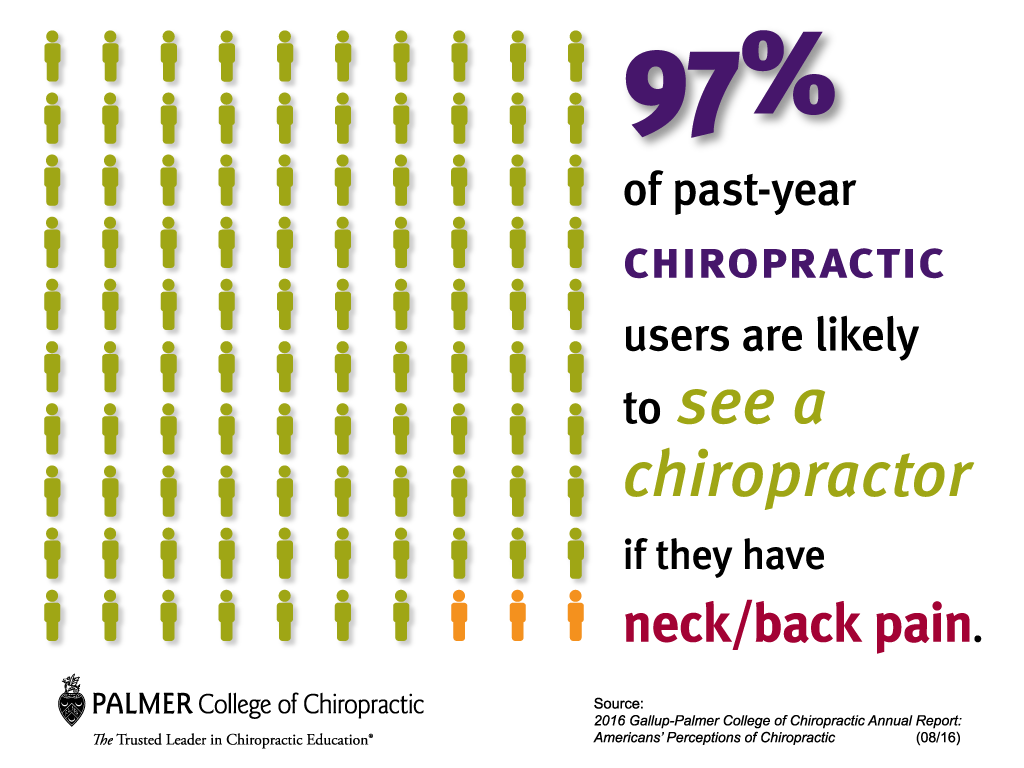Pain In The Back As An Indication Of Health And Wellness: Typical Disorders And Their Signs Discussed
Pain In The Back As An Indication Of Health And Wellness: Typical Disorders And Their Signs Discussed
Blog Article
Article Written By-McCabe Hamilton
If you're experiencing pain in the back, your body could be trying to inform you something more than simply discomfort. please click the up coming article feels can give important ideas regarding your general well-being. Recognizing the specific kind of pain you're really feeling and any type of going along with symptoms is key to unraveling the mystery behind your discomfort. Let's explore the usual conditions and signs associated with different sorts of neck and back pain to clarify what your body may be signaling.
Kinds Of Pain In The Back
When it involves pain in the back, there are different types that you might experience. One usual type is muscle pain, often brought on by overuse, stress, or injury to the muscular tissues and tendons supporting the spinal column. This type of pain can range from light pain to serious and incapacitating pain.
One more kind is nerve discomfort, which can arise from conditions like herniated discs or sciatic nerve pain. back pain when lying down offers as a sharp, shooting sensation that radiates down the leg.
Joint discomfort in the back can stem from issues like arthritis or sacroiliac joint dysfunction. This type of discomfort is usually really felt in the lower back and can be exacerbated by particular motions.
In addition, neck and back pain can be connected to architectural problems such as spinal constriction or vertebral fractures. Recognizing the sort of pain in the back you're experiencing is crucial in figuring out the proper therapy and monitoring methods.
Common Symptoms to Watch For
Moving past the numerous kinds of pain in the back, it is necessary to acknowledge the typical signs and symptoms that can indicate underlying concerns.
Persistent neck and back pain that worsens with activity or at night can suggest an extra major problem. Numbness or prickling in the legs or feet, especially when accompanied by weakness, may point to a nerve-related concern. If you experience abrupt weight-loss along with pain in the back, it could be an indication of a more systemic condition.
Take notice of any changes in bladder or digestive tract function, as this could be linked to spine compression. Fever, chills, or night sweats along with neck and back pain might signify an infection. Watch out for discomfort that radiates down one or both legs, potentially a sign of sciatica.
Wellness Issues Linked to Pain In The Back
If you deal with pain in the back, it's critical to recognize the prospective wellness problems linked to this pain. Back pain can be a sign of numerous underlying problems, including muscular tissue strains, herniated discs, osteo arthritis, spinal stenosis, and also problems like kidney rocks or infections.
Muscular tissue strains are common and typically result from raising heavy things or abrupt activities.
Herniated discs take place when the soft cells in between vertebrae protrudes, triggering nerve irritation.
Osteoarthritis, a degenerative joint disease, can bring about neck and back pain as cartilage wears down.
Spine constriction, the narrowing of the spinal canal, can tax nerves.
Kidney rocks may trigger extreme pain in the back if they move into the urinary system system.
Infections like spinal osteomyelitis can also show up as pain in the back. Understanding these potential health conditions can assist you look for proper treatment and administration for your pain in the back.
Verdict
So, next time your back hurts, focus on the type of pain and coming with signs. It could be a signal from your body concerning underlying health and wellness problems like muscle mass stress, nerve problems, joint problems, and even structural problems. By recognizing these signs, you can take proactive actions to attend to the root cause of your back pain and improve your general wellness and well-being.
